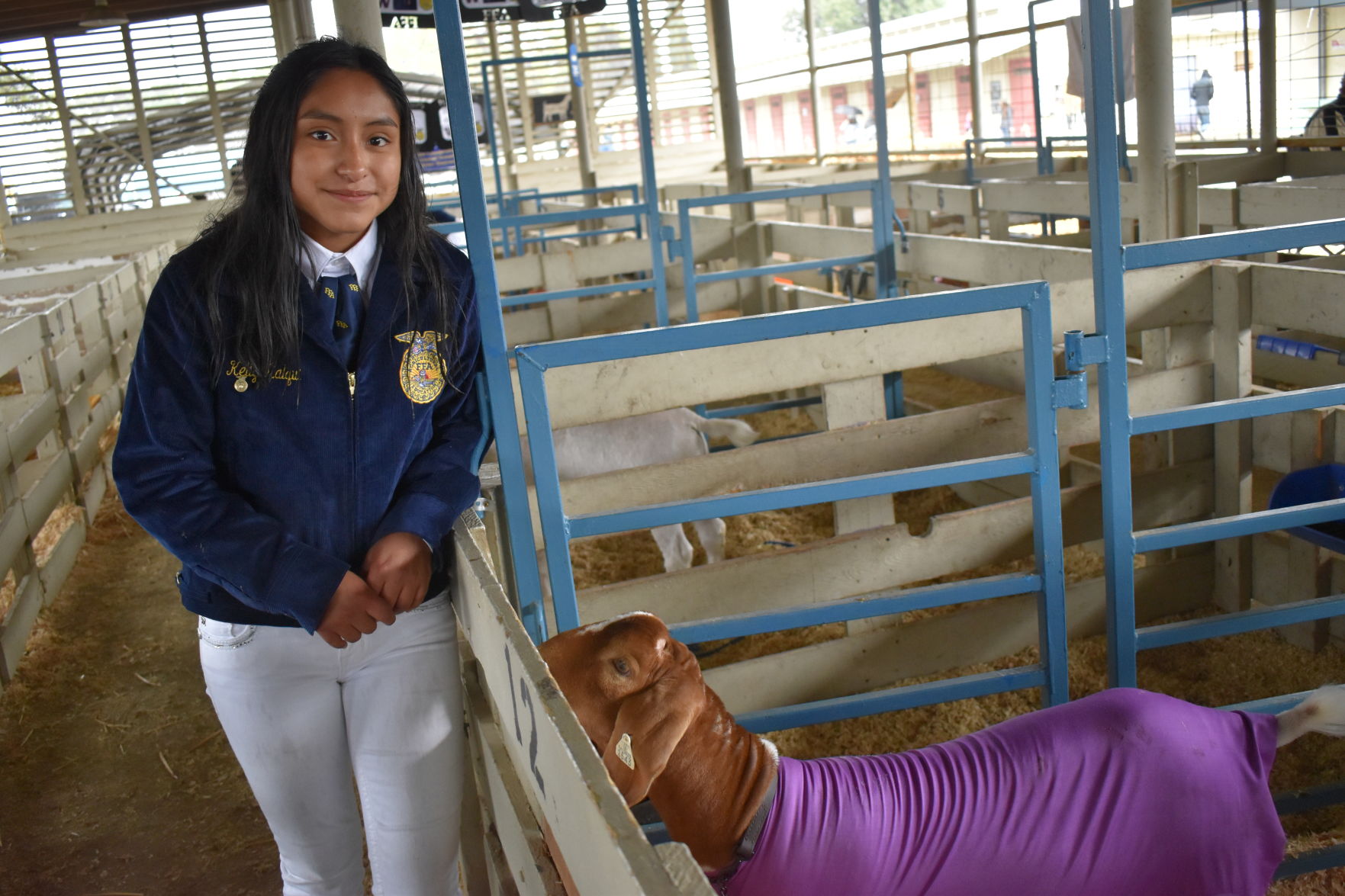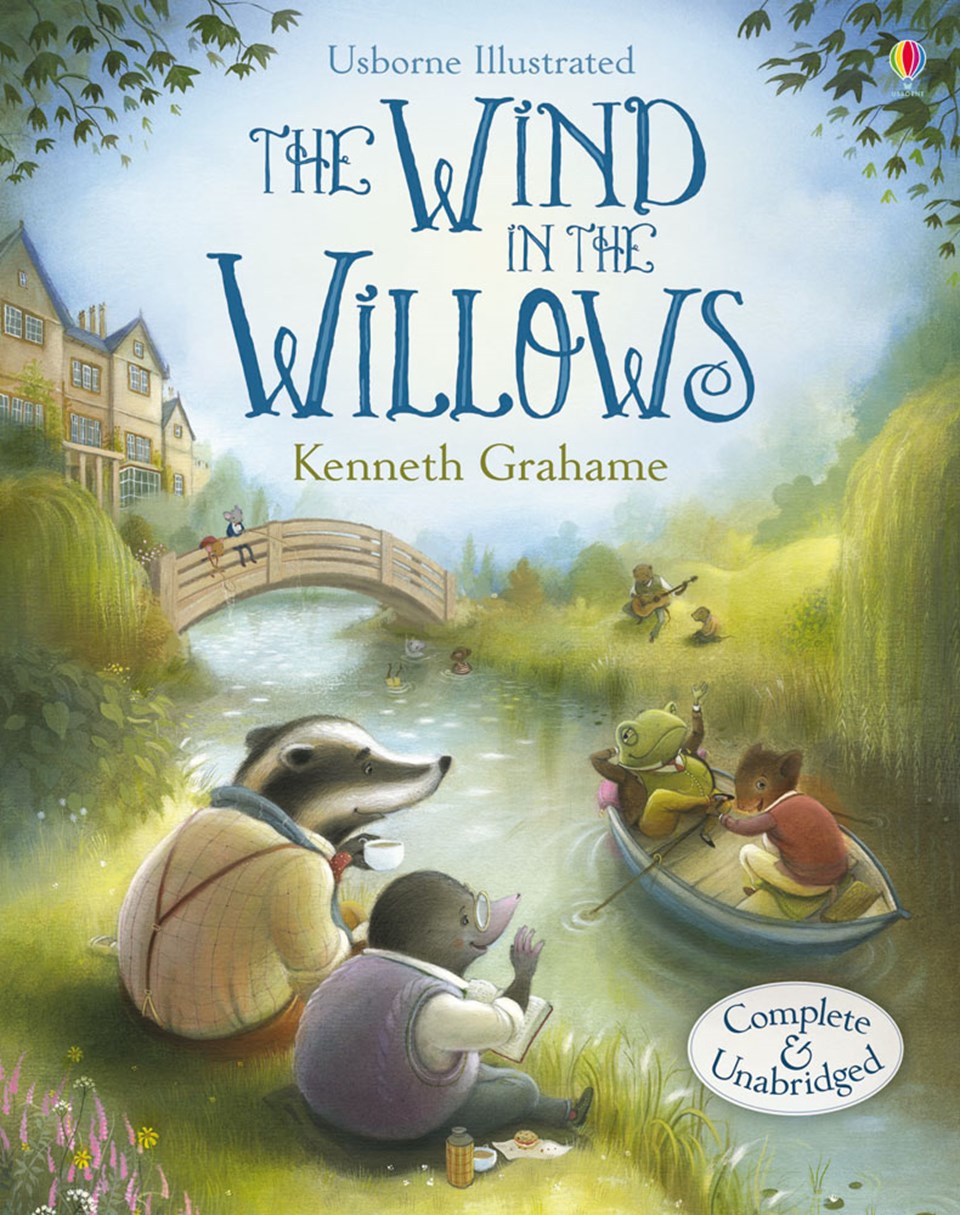

It was a new yard bird for us when 1 - 4 individuals visited our feeders from late November until early March that winter. Pine Grosbeaks last delighted area birdfeeding enthusiasts in the winter of 2007-08. That might very well bring some to area.Įvening Grosbeaks on WBU Catch-a-Seed Tray They are expecting "another good showing at feeders" in central Ontario and northeast Canada. Their numbers increase where there are spruce budworm outbreaks, and those outbreaks are expanding in Ontario. Siskins may be widespread in Ron's home territory of Ontario, while the good supply of hemlock and spruce cones in our area might bring some of them down to our area.Įvening Grosbeaks have become somewhat uncommon in our area and every sighting is exciting. It was a good breeding year for siskins, so there are lots of birds and just an average spruce cone crop in the far northern reaches of Canada. Small numbers of Pine Siskins may make their way to our area. Birch seeds (their food preference) are plentiful in Canada, from near Hudson Bay to the northern shores of Lake Ontario, so little movement further south is predicted. Nevertheless, I'll try to read into the forecast to determine whether the winter finches that are most likely to frequent birdfeeders might make their way down to our neck of the woods this winter.Ĭommon (and Hoary) Redpolls are not expected in our area this winter. Ron's report is written from an Ontario, Canada point of view (and is published on the Ontario Field Ornithologists website) and for the most part, he forecasts movement within Canada. The winter finches included in his forecast are the Common (and Hoary) Redpoll, Pine Siskin, Evening Grosbeak, Pine Grosbeak, Purple Finch, and crossbills. He and his associates have surveyed cone crops of various conifers, specific berry and fruit crops, birch crops, spruce budworm outbreaks all the foods known to impact movement of the winter finches. Ron Pittaway issues an annual Winter Finch Forecast in which he assesses natural food supplies and makes a prediction of the movement of winter finches based on those food supplies. The 2011 Winter Finch Forecast is out.so what does it mean for us? I'm going to try to interpret the forecast on how it might apply to us birdfeeding enthusiasts in east-central New York state.įirst, a little background. My heartfelt thanks go to the folks at Bird Watcher's Digest - especially Bill Thompson III - for engaging me in this project! Print and digital subscriptions are available on the the Bird Watcher's Digest website.Ĭover art for the issue was painted by artist Stephen Leed. To read the entire article, you can pick up single issues at our Wild Birds Unlimited shop in Saratoga Springs NY and possibly at a Wild Birds Unlimited near you. Even so, redpolls seem to get along better than their cousins the siskins, which at times seem to be more intent on fending off the next siskin than on eating." The mesh feeder looks like it's filled with swarming bees, and it's in a perpetual state of flux as the birds jockey for position. They're a raucous lot, constantly chattering. Watching a few hundred redpolls in the yard is a feast for the eyes and ears. On a base of fine twigs, they add a thick, soft layer of plant fibers, animal hair, or feathers from another tundra nester, the willow ptarmigan." In this scrubby habitat the birds build a cup-shaped nest low in a shrub, often just a few feet off the ground. Redpolls come to us from the low-arctic tundra, a green and brown world of low-growing birches, willows, alders and areas of dense grasses, heaths, mosses, and lichen. It also brought me a first-ever visit by a small group of pine grosbeaks and 30 evening grosbeaks as they, too, irrupted southward." We were told to expect redpolls, and redpolls we got! The irruption that winter helped produce one of the busiest winters I've ever had in my yard.


The winter finch forecast predicted "a big flight of redpolls into southern Ontario and bordering United States" because of the poor birch seed crops. " The most recent large and widespread common redpoll irruption was in the winter of 2007-2008. Well, I was honored to write the Species Profile article about redpolls!! I just got my copy of the new November/December 2011 issue of Bird Watcher's Digest - the one with the Common Redpolls on the cover - and I'm pretty excited!! Why, you ask?


 0 kommentar(er)
0 kommentar(er)
